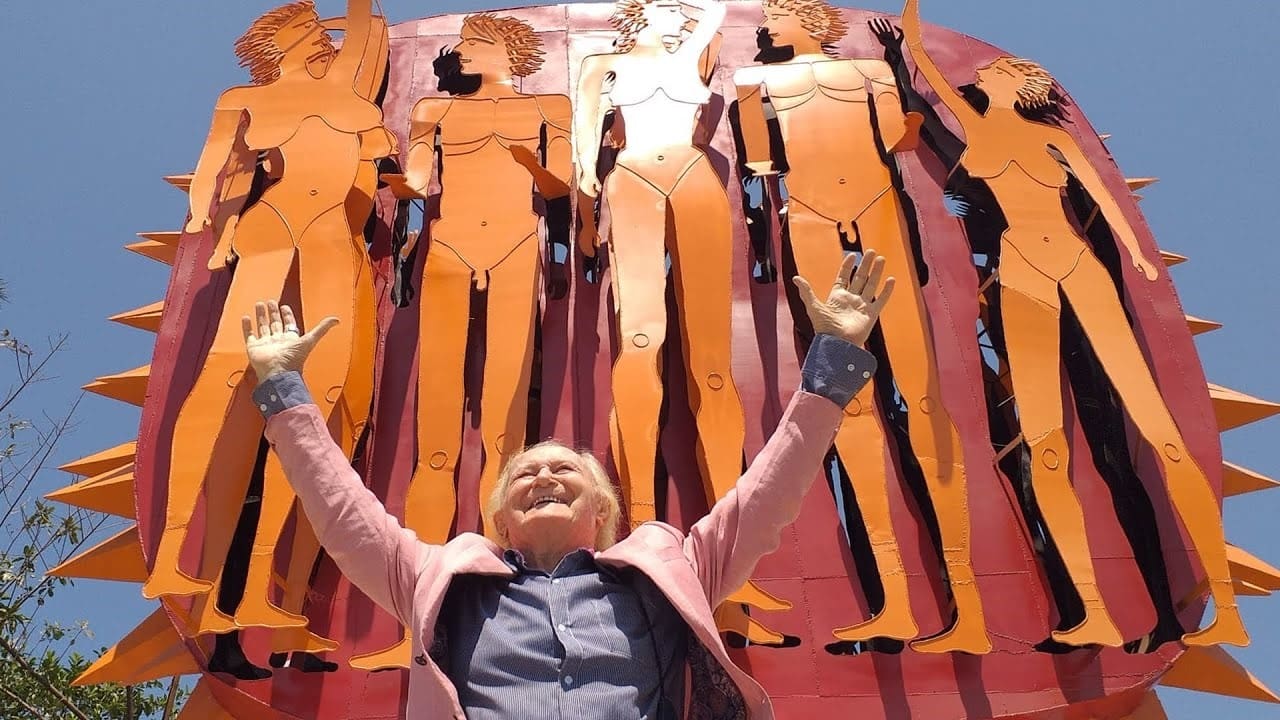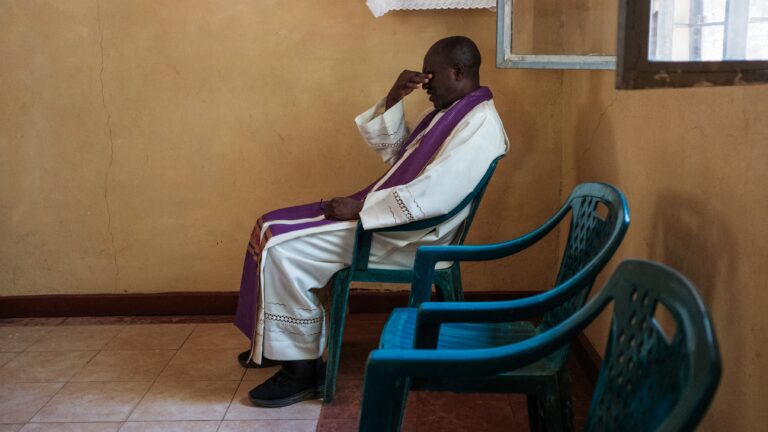The art of Pál Kepenyes has become universal, recognized, and appreciated by the whole world for its unparalleled richness, the Secretary of State for Culture and Innovation (KIM) emphasized on Thursday in Szolnok at the opening of the exhibition titled Pál Kepenyes – Lover of the Sun.
Magdolna Závogyán quoted the words of Pál Kepenyes, a Hungarian Mexican Kossuth Prize-winning sculptor and goldsmith, at the event held at the Aba-Novák Agora Cultural Center, who said: ‘The most important thing is to find ourselves while being exposed to history.’ According to the secretary of state, we must believe these words of the artist, born on 8 December 1926 in Kondoros, as he experienced what it means to be exposed to history. As she put it, his ‘was a true twentieth-century fate’. It was a perpetual quest; a struggle; physical, mental, and spiritual survival; a flight from compromise; and many new beginnings. ‘This is what fell to the lot of his generation’s greatest as artists and as human beings,’ she added.
The secretary of state described the artist’s life as
‘a storybook-like journey, a peculiar blend of tragedy and soaring highs.’
According to the state secretary, when one thinks of Kepenyes, who became world-famous as Pal Kepenyes, and has been described as the ‘Picasso of sculpture’, the first thing that comes to mind is his ‘mischievous, boyish, infinitely kind smile’.
Pál Kepenyes was first removed from the School of Decorative Arts in 1949 by the Communist regime for being a ‘class alien’, and the next year was sentenced to ten years of forces labour on trumped-up charges. He was freed in 1956, and fought in the revolution, after the crushing of which he fled Austria, then to Paris, and finally to Acapulco in Mexico.
‘In this conspiratorial, sunny smile lies the passionate affirmation of life, deep humanism, and unwavering optimism. Behind it was the determined young man from Kondoros who moulded and shaped his scanty prison rations of bread into small statuettes. He told the dark, cold walls that against the overflowing talent, they had no chance; art cannot be confined, trampled upon, because it carves out a path for itself even in the midst of deepest despair,’
she expressed. She noted that what had been characteristic of this young artist is that he had learnt French from his cellmate to such an extent that he had been able to complete his studies in Paris.
Závogyán opined that it speaks volumes about Kepenyes’s tribulations that he viewed his forced labour in the mines as hopeful compared to prison. In the cold and bleak cell, he vowed that he would one day live in a sunny place where he would never be cold, both in the literal and figurative sense of the word.
Love helped him make a choice: he settled in Mexico, where he built his dream house overlooking the bay of Acapulco. The house itself is also an exciting work of art, heralding his ‘unstoppable creative passion and zest for life to the whole world,’ she pointed out. Though Pál Kepenyes was physically distant from his homeland,
he never ceased to be thoroughly Hungarian
—the secretary of state emphasized.
His world-famous public artworks, sophisticated sculptures, and groundbreaking jewellery present timeless splendour, overflowing vitality, and ‘a unique intersection of cultures and materials’. ‘His biomechanical principle-based, ever-changing, almost living sculptures invite us to play, stimulate our imagination, make us co-conspirators, and make us contemplate,’ Závogyán remarked, adding that only an artist of Kepenyes’s magnitude is capable of merging life’s big, sometimes sombre questions with playfulness, solving philosophical questions with delicate, conspiratorial jokes.
The artist passed away in 2021 in Acapulco, and was laid to rest in Kondoros after conquering the whole world. He brought glory and fame to his Hungarian homeland, his nation, and all of Kondoros, therefore, it is our duty and responsibility to cherish the tangible and spiritual heritage of our famous compatriot, to evoke his special figure, and to preserve his memory—the secretary of state highlighted.
The exhibition, which features Pál Kepenyes’s small sculptures, life-size statues, and large-format photographs of his works, will be open until 9 March at the Aba-Novák Agora Cultural Center.
Read more:
Sources: Hungarian Conservative/KIM/MTI








